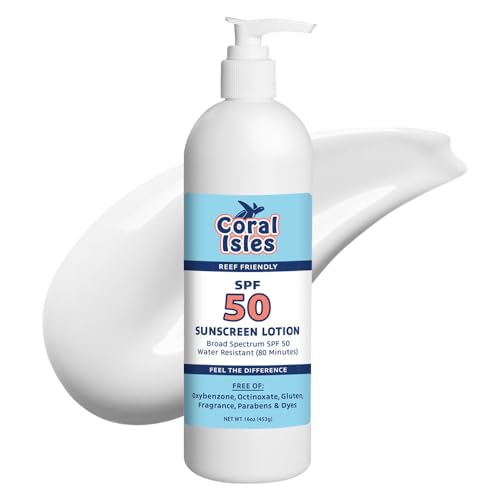A few questions
I have a couple of questions. I am working on setting up a tank (55 gal.) and would like to have a pair of Ocellaris clowns. The thing is, it might be a while before I get my tank going (I know where I want to get my live rock, and it's expensive, so I need to save up). Would it be okay, in the meantime, to get a pair of clowns and keep them in my quarintine tank? It's only 10 gallons, but I thought I read somewhere (maybe in this thread?) that they would be happy in a 10 gallon tank. The other thing, of course, is that since it's my quarintine tank, I don't have a protein skimmer for it, just a Whisper Power Filter (I did get the Bio sponge for it). I would put some aragonite in it for them.
If I do get them, that means they will be the first ones in my display tank, when I get it going. Would that be a problem? The other fish I'm planning on getting include 3-blue/green chromis, 1-firefish, 1-neon gold goby, and perhaps a yellow watchmen goby.
What do you think?
I have a couple of questions. I am working on setting up a tank (55 gal.) and would like to have a pair of Ocellaris clowns. The thing is, it might be a while before I get my tank going (I know where I want to get my live rock, and it's expensive, so I need to save up). Would it be okay, in the meantime, to get a pair of clowns and keep them in my quarintine tank? It's only 10 gallons, but I thought I read somewhere (maybe in this thread?) that they would be happy in a 10 gallon tank. The other thing, of course, is that since it's my quarintine tank, I don't have a protein skimmer for it, just a Whisper Power Filter (I did get the Bio sponge for it). I would put some aragonite in it for them.
If I do get them, that means they will be the first ones in my display tank, when I get it going. Would that be a problem? The other fish I'm planning on getting include 3-blue/green chromis, 1-firefish, 1-neon gold goby, and perhaps a yellow watchmen goby.
What do you think?


































































